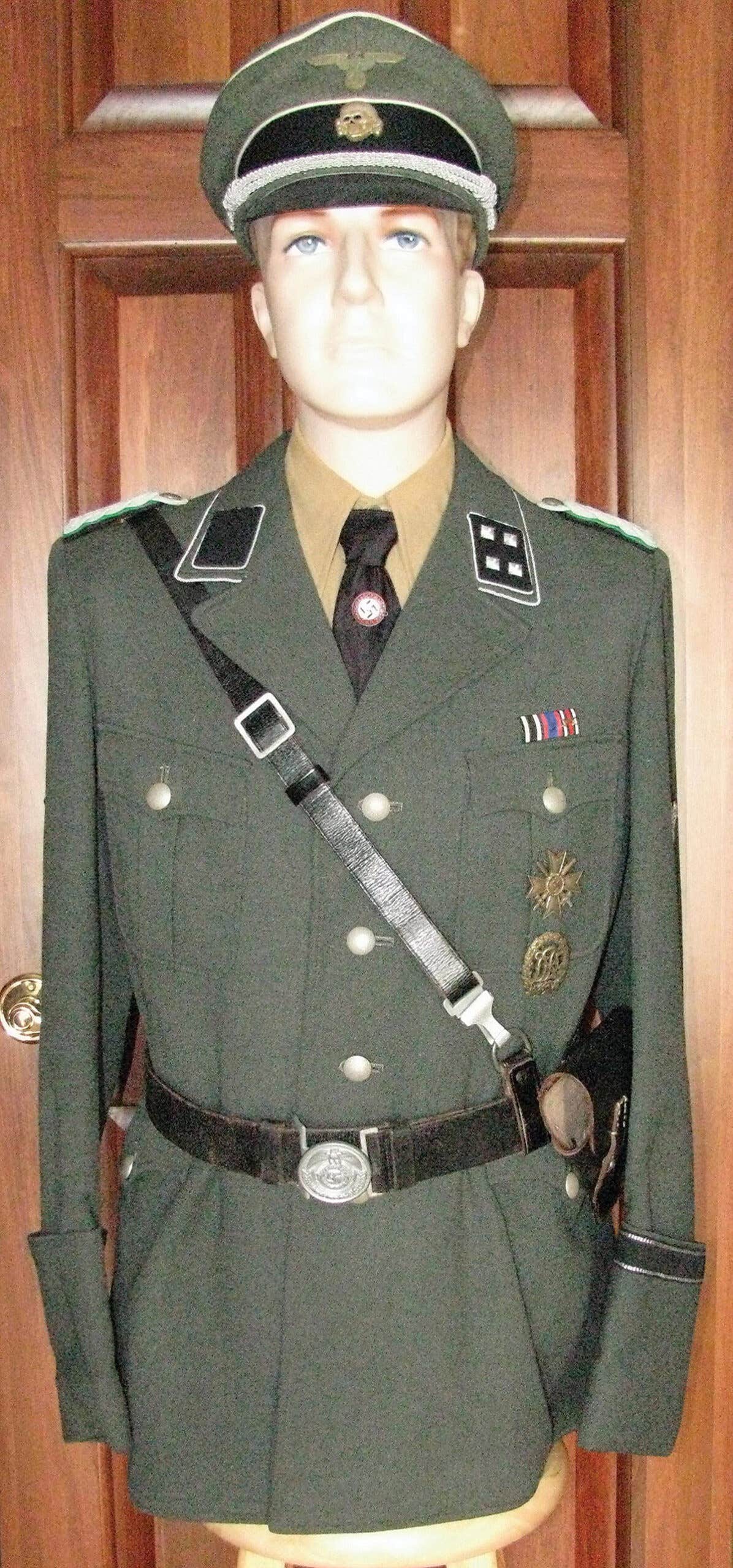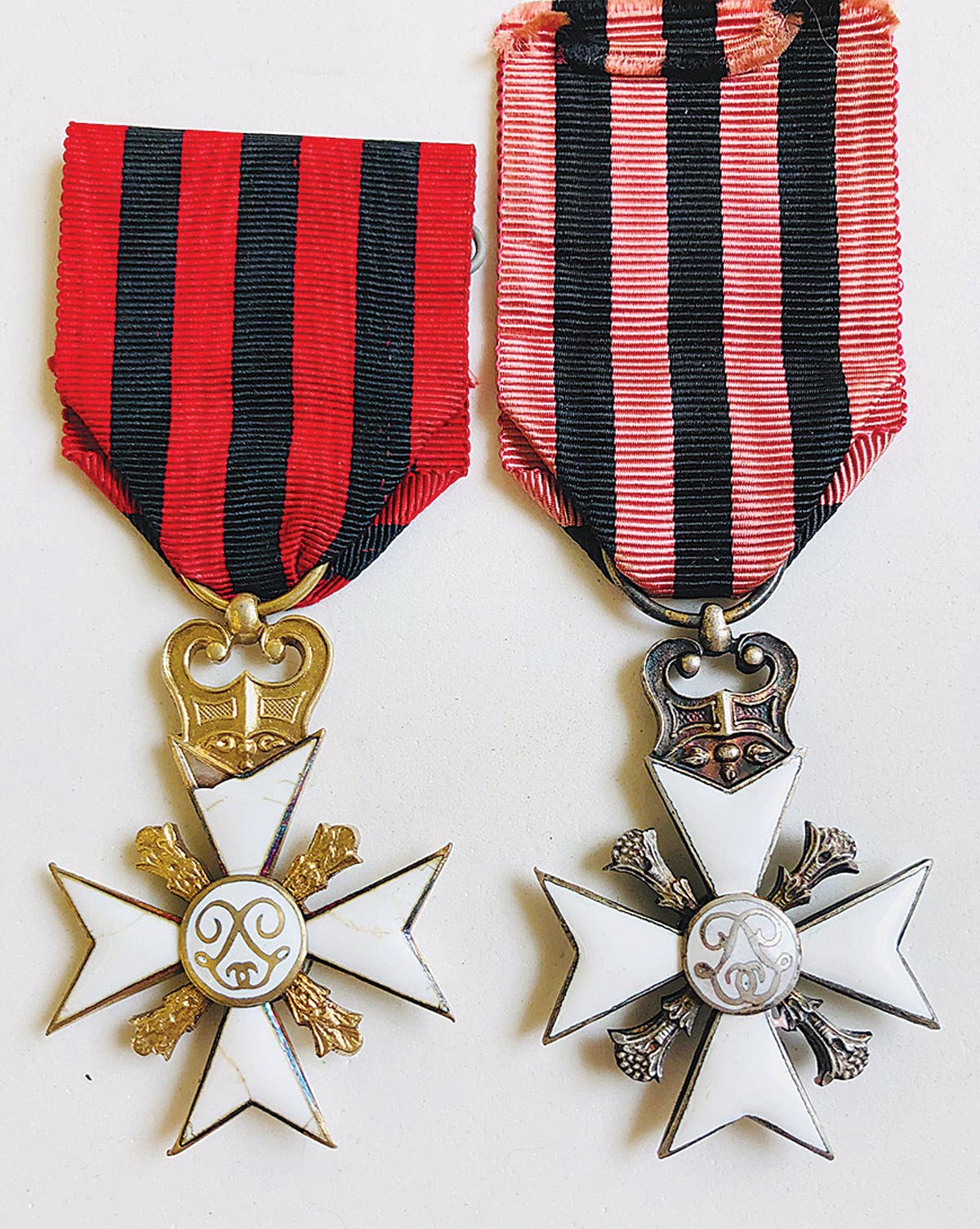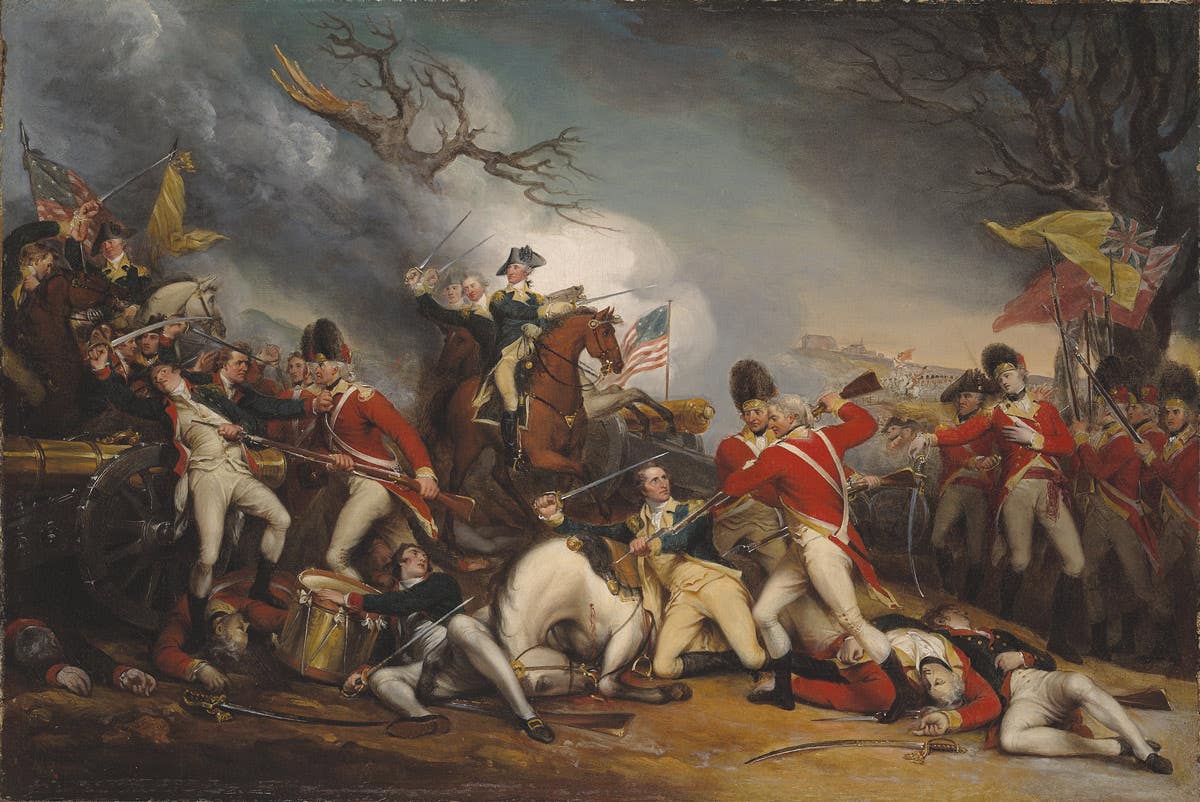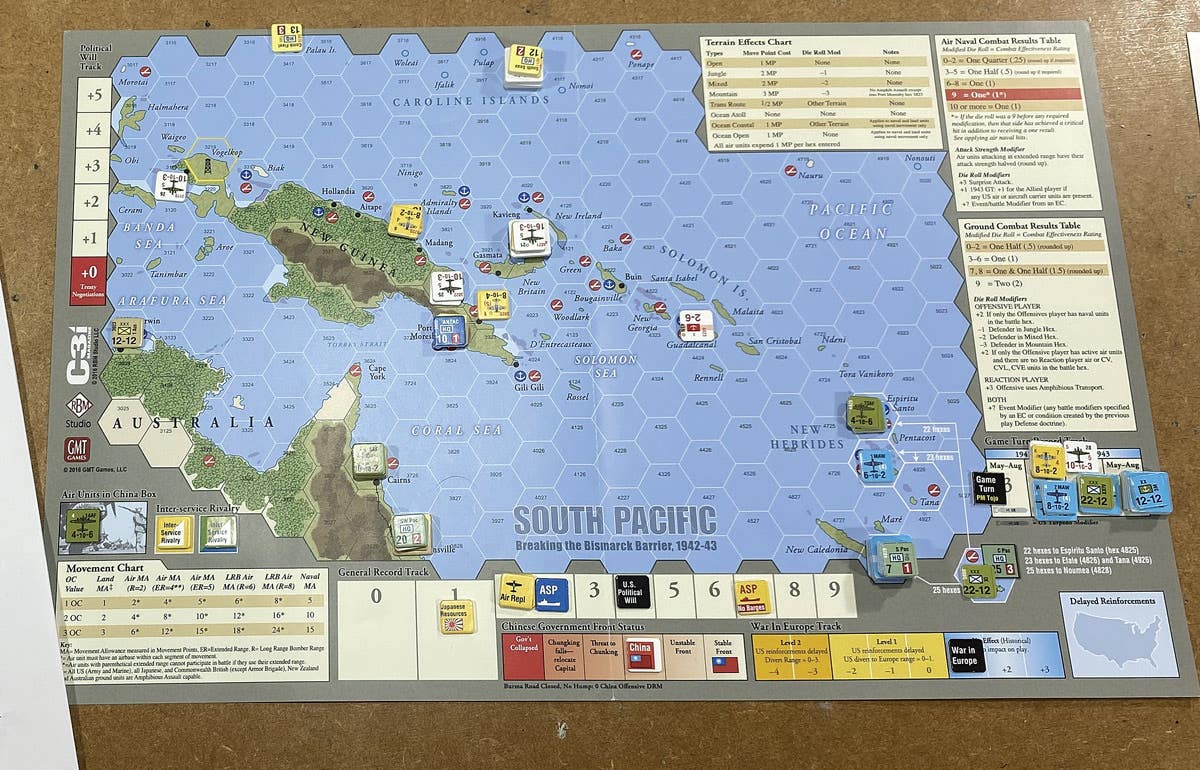U.S. Model 1861 3-inch Ordnance Rifle
The U.S. Model 1861 3-inch Ordnance Rifle was made of wrought iron. It was the most widely used rifled gun of the American Civil War.
The U.S. Model 1861 3-inch Ordnance Rifle has a 3-inch bore, is 69 inches long and weighs 820 lbs (1720 lbs w/carriage). A one-pound charge will fire a 9.5 solid projectile 1,830 yards (5 degree elevation) at 1,215 feet/second.
Originally, the 3-inch Ordnance Rifle was called the Griffin Gun because John Griffen designed it. In 1854 John Griffen, the superintendent of the Phoenix Iron Co., Phoenixville, Pennsylvania, modified a procedure being used in the production of wrought iron for lighthouse construction, which involved welding together bundles of wrought iron rods and then processing them through a rolling mill.
Wrought iron was expensive and difficult to work with at the time. The Phoenix foundry took strips of wrought iron 3/4 inch wide and 4.5 inches thick and wrapped them by lathe around an iron core. Five layers were built around the core with a thin iron covering on top. Then the core was removed and a plug was driven into the breech, which closed the breach and formed the cascabel. The tube was then heated to welding temperature and up-set two inches in a press. It was rolled out from 4.5 to 7 feet and the bore was reamed out. The rifle was made with .5-inch wide lands and grooves that were .84 inches wide. Finally, the case was turned down to proper size in a lathe and trunnions were welded on.
This produced a lightweight 3-inch rifled, muzzle-loaded gun, with clean lines. It was an enormously strong gun tube and exceptionally safe. The other wrought iron weapons of the day, the most popular being the Parrott rifle were prone to bursting, as wrought iron is brittle.
In testing conducted by the Ordnance Department in 1856, John Griffen challenged the Ordnance Department representatives to burst the gun. After more than 500 rounds with increasing charges and loads, they finally succeeded only by firing it with a charge of 7 lbs of powder and a load of 13 shot which completely filled up the bore. In fact, only one Ordnance Rifle is known to have burst during the entire American Civil War while firing double canister during the Battle of the Wilderness. It burst at the muzzle, the safest place for a gun to burst.
The light weight of the 3-inch Ordnance Rifle made it highly mobile and thus, the preferred weapon of the Horse artillery. This weapon was popular with users on both sides and prized for its endurance, efficiency and long-range accuracy. It normally fired Hotchkiss or Schenkel shells weighing between 8 and 9 lbs and in an emergency could use 10-pounder Parrot ammunition. It could also fire canister but was not as effective as smooth-bore weapons firing canister.
The Phoenix Iron Co. supplied the U.S. Army with 1,100 of these weapons by war’s end, each marked on the muzzle with the inspector’s initials, the serial number, the weight, and date of manufacture. The Confederacy acquired many of their 3-inch Ordnance Rifles through pre-war purchases and captures.
Less precise machining and lower-grade iron gave the Confederate foundries trouble. In 1862, Tredegar Iron Works produced 20 3-inch rifles for the Confederacy and Noble Brothers & Co., of Rome, Georgia also produced 18 at around the same time. Quinby & Robinson, of Memphis, Tennessee produced four versions of the 3-inch Rifle using bronze as the barrel metal. A.B. Reading & Brother, Vicksburg, Mississippi also produced bronze 3-inch Rifles. The Bellona Foundry cast bronze and iron 3-inch Rifles known in Confederate service as Burton and Archers (so named for the special ammunition designed for them) and were notoriously known for bursting.
The 3-inch Ordnance Rifle was an important technological advancement in artillery leading to modern weaponry. It typifies the truism that the American Civil War was the last 18th century war and the first 20th century war. The 3-inch Ordnance Rifle was the epitome of muzzle-loading artillery of the American Civil War and remained the primary field gun in the U.S. inventory well into the 1880s when it finally gave way to steel, breech-loading artillery.
You may also like:
*As an Amazon Associate, Military Trader / Military Vehicles earns from qualifying purchases.







